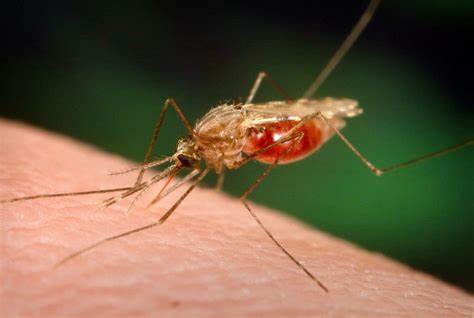Malaria Myths vs Facts

6 Health Screenings Every Woman Should Take
March 27, 2025
Meningitis in Children: Unique Challenges and Care Strategies
March 27, 2025Malaria Myths vs Facts

Mosquito
Malaria is a life-threatening disease caused by Plasmodium parasites, transmitted to humans through the bites of infected female Anopheles mosquitoes. Despite global efforts to combat malaria, misconceptions persist, hindering prevention and treatment strategies. This article aims to dispel common myths and present factual information about malaria.
Myth 1: Malaria is caused by bad air or evil spirits.
Historically, malaria was attributed to supernatural influences or “bad air.” The term “malaria” itself originates from the Italian words “mal’aria,” meaning “bad air.” However, scientific advancements have identified that malaria is caused by Plasmodium parasites transmitted through mosquito bites.
Myth 2: Malaria cannot be fatal.
Fact: Malaria can be deadly if not promptly diagnosed and treated. In 2023, there were approximately 597,000 malaria-related deaths globally, with the majority occurring in sub-Saharan Africa. Children under five are particularly vulnerable, accounting for about 76% of all malaria deaths in the region.
Myth 3: Once you’ve had malaria, you become immune for life.

Fact: Previous malaria infections do not confer complete immunity. While partial immunity may develop over time with repeated exposure, it does not guarantee full protection against future infections. Therefore, preventive measures remain essential.
Myth 4: Malaria can be transmitted from person to person.
Fact: Malaria is not contagious and cannot spread directly from one person to another. Transmission occurs exclusively through the bites of infected mosquitoes. However, in rare cases, it can be transmitted through blood transfusions, organ transplants, or shared needles.
Myth 5: Mosquitoes only bite at night, so daytime is safe.
Fact: While the Anopheles mosquitoes that transmit malaria are primarily active during dusk and dawn, relying solely on this information for protection is risky. It’s crucial to use preventive measures like insect repellents and bed nets, regardless of the time of day.
Myth 6: Antimalarial medications are 100% effective.

Fact: No antimalarial medication offers complete protection. Most are between 80-95% effective. Therefore, combining medication with other preventive strategies, such as using insect repellents and sleeping under insecticide-treated nets, is recommended.
Myth 7: Malaria is only a concern during the rainy season.

Fact: Although mosquito populations increase during the rainy season, malaria transmission can occur year-round. It’s essential to remain vigilant and continue preventive measures regardless of the season.
Myth 8: Staying indoors eliminates the risk of malaria.
Fact: While staying indoors can reduce exposure to mosquitoes, it doesn’t eliminate the risk entirely. Mosquitoes can enter homes, especially if windows and doors are not properly screened. Using indoor insecticides and sleeping under bed nets are effective additional precautions.
Myth 9: Malaria is only prevalent in rural areas.

Malaria in rural area
Fact: Malaria can affect both urban and rural areas, especially in regions where the disease is endemic. Urbanization and environmental changes can create breeding grounds for mosquitoes, increasing the risk in cities.
Myth 10: There’s no need for malaria prevention during short trips.
Fact: The duration of stay in a malaria-endemic area doesn’t eliminate the risk. Even short-term travellers can contract malaria. It’s crucial to take preventive measures, regardless of the length of stay.
Dispelling myths about malaria is vital for effective prevention and treatment. Understanding the facts empowers individuals to take appropriate measures, reducing the global burden of this preventable and curable disease.

